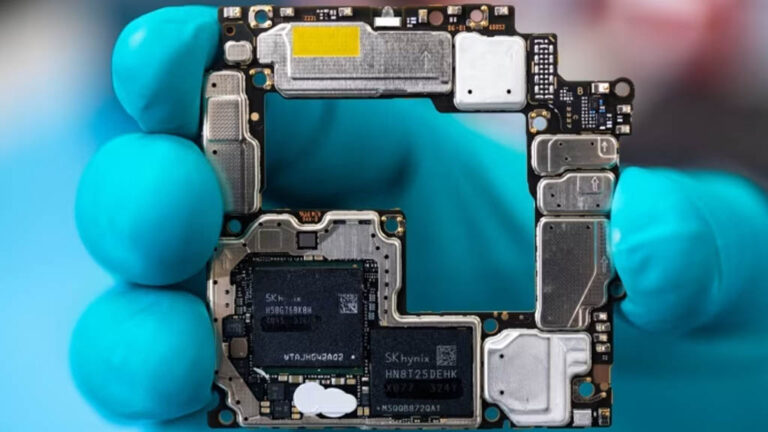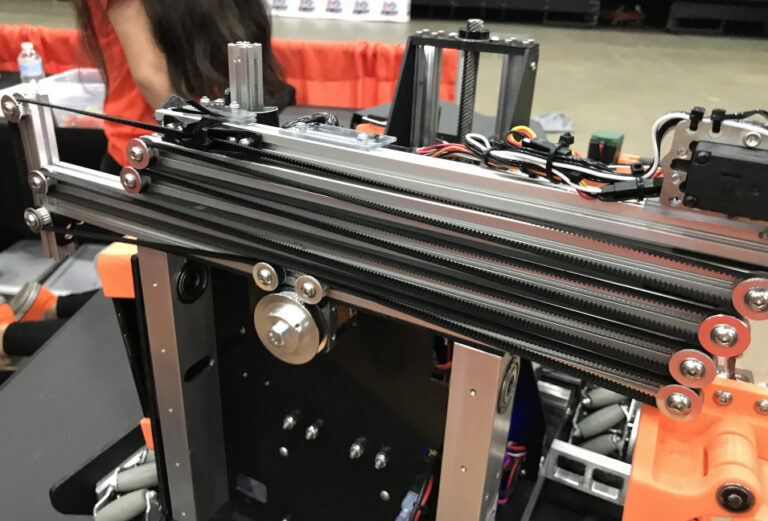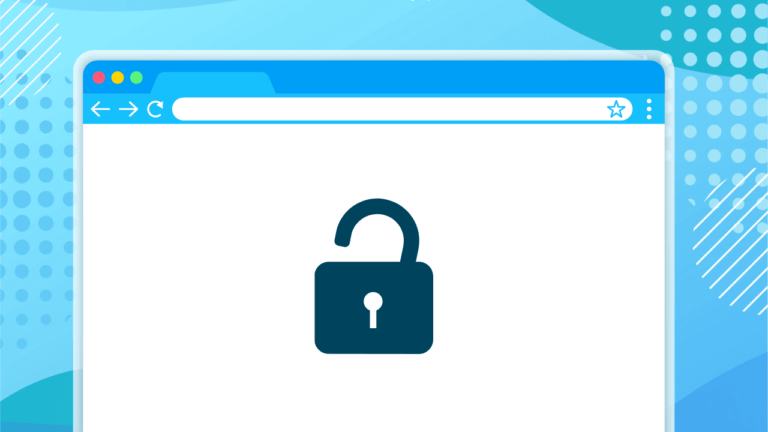
OpenAI has once again pushed the boundaries of AI-powered assistance by integrating new shopping features into ChatGPT. This update transforms the chatbot from a conversational AI into a powerful shopping assistant, capable of finding products, comparing prices, and even facilitating purchases directly within the chat interface.
For businesses and consumers alike, this development marks a significant shift in how AI can streamline e-commerce. In this article, we’ll explore how OpenAI’s new shopping features work, what benefits they offer, and what this means for the future of online shopping.
What Are ChatGPT’s New Shopping Features?
OpenAI has enhanced ChatGPT with capabilities that allow it to:
-
Search for Products – Users can ask ChatGPT to find specific items, such as “best wireless earbuds under $100” or “organic cotton t-shirts,” and the AI will generate relevant product recommendations.
-
Compare Prices & Features – ChatGPT can analyze different products, highlight key specifications, and suggest the best options based on user preferences.
-
Provide Direct Purchase Links – Instead of just listing products, ChatGPT can now direct users to retailer websites where they can complete their purchase.
-
Offer Personalized Recommendations – By leveraging user preferences and past interactions, ChatGPT can suggest products tailored to individual tastes.
This integration is powered by partnerships with major e-commerce platforms and retailers, enabling real-time product data retrieval.
How Does ChatGPT Shopping Work?
1. Product Discovery Through Natural Language Queries
Users can ask ChatGPT shopping-related questions just like they would when talking to a human shopping assistant. For example:
-
“Find me a durable backpack for travel.”
-
“What are the best smartwatches for fitness tracking?”
-
“Show me affordable 4K monitors with high refresh rates.”
ChatGPT processes these queries, scans available product databases, and returns a curated list of options.
2. Real-Time Price & Availability Checks
Unlike traditional search engines that may display outdated prices, ChatGPT fetches real-time data from partnered retailers. This ensures users see the latest deals, stock availability, and shipping options.
3. Side-by-Side Product Comparisons
Instead of manually visiting multiple websites, users can ask ChatGPT to compare products. For instance:
-
“Compare the iPhone 15 and Samsung Galaxy S24.”
-
“What’s the difference between the latest Kindle and Kobo e-readers?”
The AI summarizes key differences in specs, pricing, and user reviews, helping shoppers make informed decisions.
4. Seamless Purchase Integration
Once a user decides on a product, ChatGPT provides direct links to trusted retailers like Amazon, Best Buy, or Walmart. Some integrations may even allow in-chat purchases via OpenAI’s platform in the future.
Benefits of ChatGPT’s Shopping Features
1. Faster, Smarter Shopping Decisions
Instead of spending hours browsing multiple websites, users get instant, AI-filtered recommendations tailored to their needs.
2. Reduced Decision Fatigue
With ChatGPT handling comparisons and highlighting the best options, shoppers avoid the overwhelm of too many choices.
3. Access to the Best Deals
Since ChatGPT pulls real-time pricing, users can be sure they’re getting the most up-to-date discounts.
4. Personalized Shopping Experience
The AI learns from user preferences over time, refining suggestions to match individual tastes and budgets.
5. Convenient One-Stop Shop
By consolidating product search, comparison, and purchase links in one place, ChatGPT simplifies the entire shopping journey.
Potential Challenges & Limitations
While this update is groundbreaking, there are some considerations:
-
Retailer Partnerships Required – ChatGPT’s shopping features depend on integrations with e-commerce platforms. Limited partnerships could restrict product availability.
-
Potential Bias in Recommendations – If OpenAI prioritizes certain retailers, users may not see the most objective suggestions.
-
Privacy Concerns – Users might worry about how their shopping data is used, especially if ChatGPT stores purchase history.
OpenAI will need to address these concerns as the feature evolves.
The Future of AI-Powered Shopping
OpenAI’s move into e-commerce signals a broader trend of AI transforming retail. Here’s what we might see next:
-
Voice-Activated Shopping – Integration with smart speakers for hands-free purchasing.
-
Augmented Reality (AR) Try-Ons – ChatGPT could link to AR tools allowing users to “try” clothes or furniture virtually.
-
Subscription & Auto-Replenishment – AI could predict when users need to restock items and place orders automatically.
-
Loyalty Program Integration – ChatGPT might apply discount codes or reward points at checkout.
As AI shopping assistants become more advanced, traditional search engines and even some e-commerce websites could see reduced traffic. Businesses must adapt by optimizing for AI-driven product discovery.
Final Thoughts
OpenAI’s new shopping features turn ChatGPT into a powerful digital shopping assistant, blending conversational AI with real-time e-commerce functionality. By simplifying product discovery, price comparisons, and purchases, this update enhances convenience for users while opening new revenue streams for retailers.
As the technology evolves, we can expect even deeper integrations, making AI an indispensable part of the online shopping experience. For now, users can enjoy a smarter, faster way to shop—all through the power of ChatGPT.
Would you trust an AI shopping assistant for your next purchase? Try it out and see how it transforms your buying experience!






